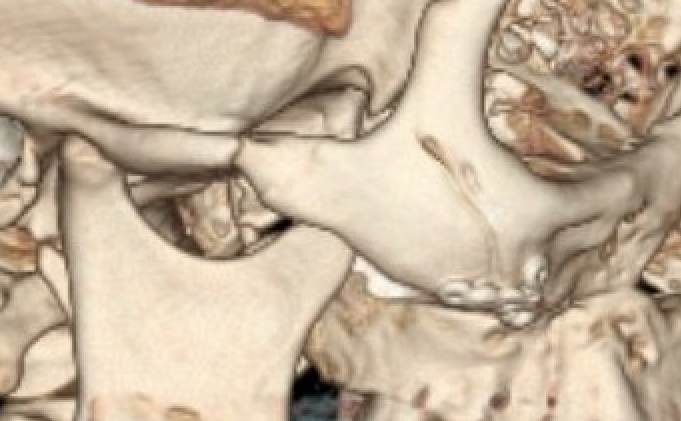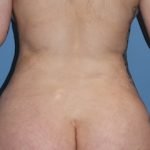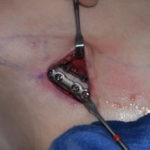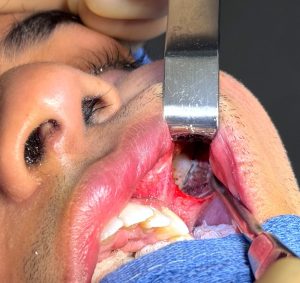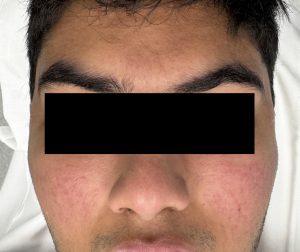Background
Patients seeking facial width reduction are usually focused on the cheeks, which are typically the widest part of the face. This width is primarily due to the zygomatic arch, which must curve outward to allow the temporal muscle to pass beneath it and attach to the ramus of the lower jaw. To narrow facial width, the arch of the cheekbone must be repositioned inward. This is achieved through anterior and posterior osteotomies; simple bone shaving is ineffective because the bone is too thin and not easily accessible.
There are several osteotomy patterns used in cheekbone reduction surgery. The greatest variability lies in the anterior arch where it meets the zygomatic major, as the thicker bone allows for different approaches. Commonly used patterns include oblique and L-shaped osteotomies, each with distinct advantages and drawbacks. At the posterior arch, however, the bone is so thin and narrow that only a straight-line cut is feasible.
The oblique osteotomy is the original technique. Historically, it was performed without rigid fixation, which led to bone and soft tissue sagging as well as visible step-offs through the cheekbone. More geometric bone cut designs have helped eliminate these issues, though refinements in technique continue to improve outcomes.
Case Study
This young male had previously undergone a sliding genioplasty and desired additional facial reshaping through cheek narrowing. His goal was to reduce the width of the mid-zygomatic arch so that it aligned with the temporal areas above it.
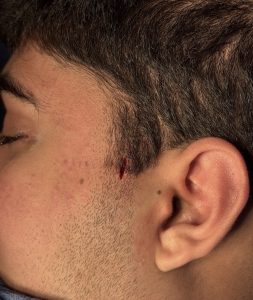
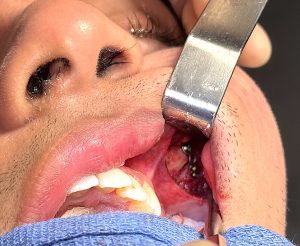
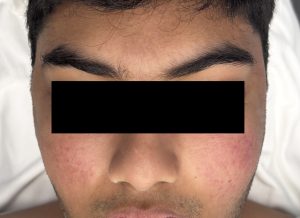
Discussion
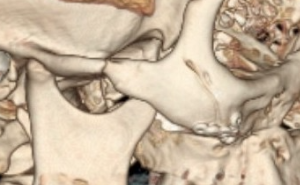
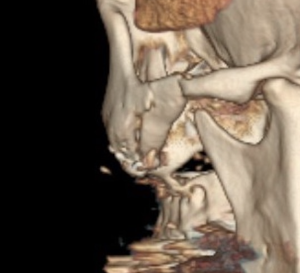
Key Points
-
Cheekbone reduction requires both anterior and posterior osteotomies, which together enable complete infracture of the zygomatic arch.
-
The degree of possible reduction depends on the natural shape of the arch; more convex arches allow greater inward repositioning.
-
The oblique osteotomy, though an older technique, remains effective when combined with plate fixation and a corner osteotomy.
Dr. Barry Eppley
World-Renowned Plastic Surgeon

